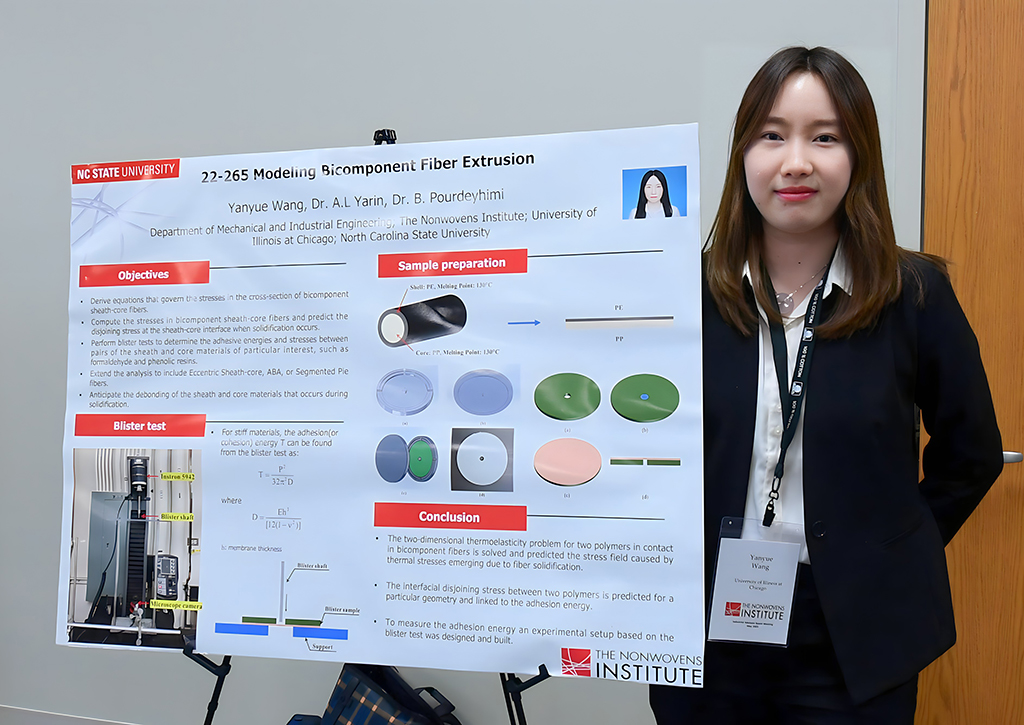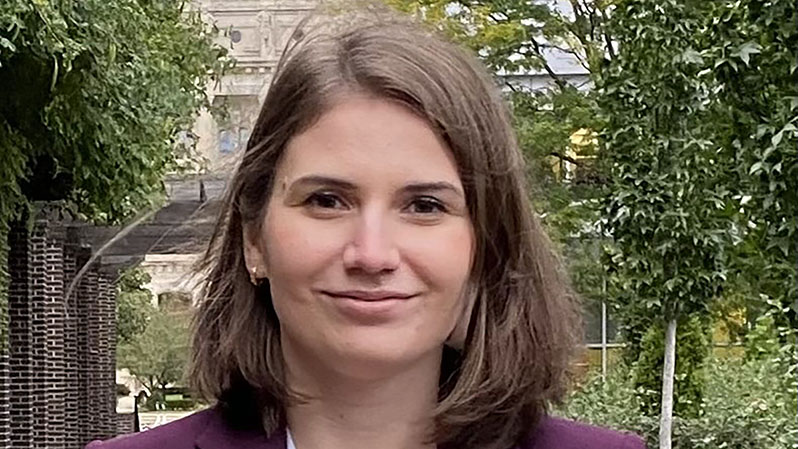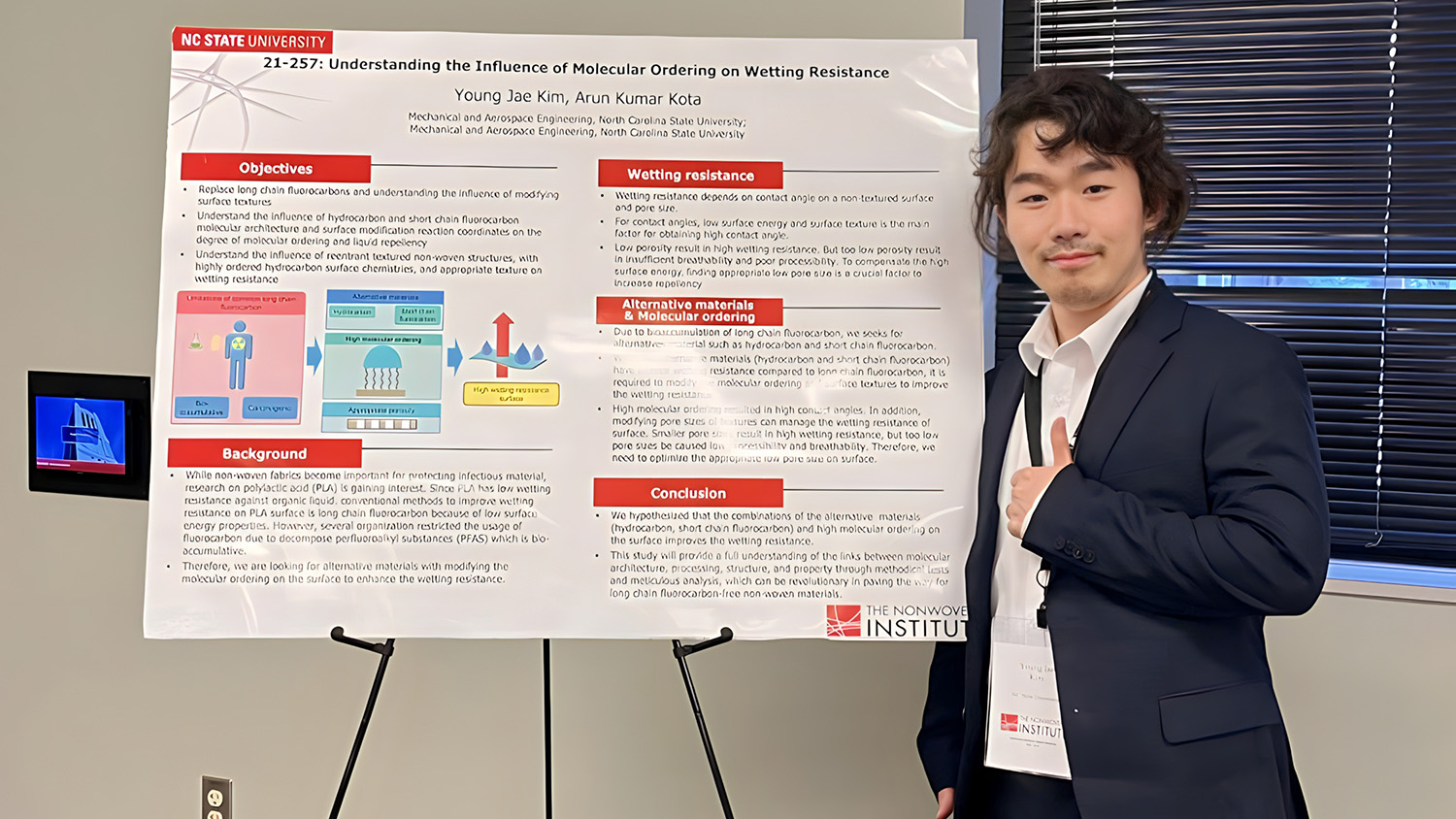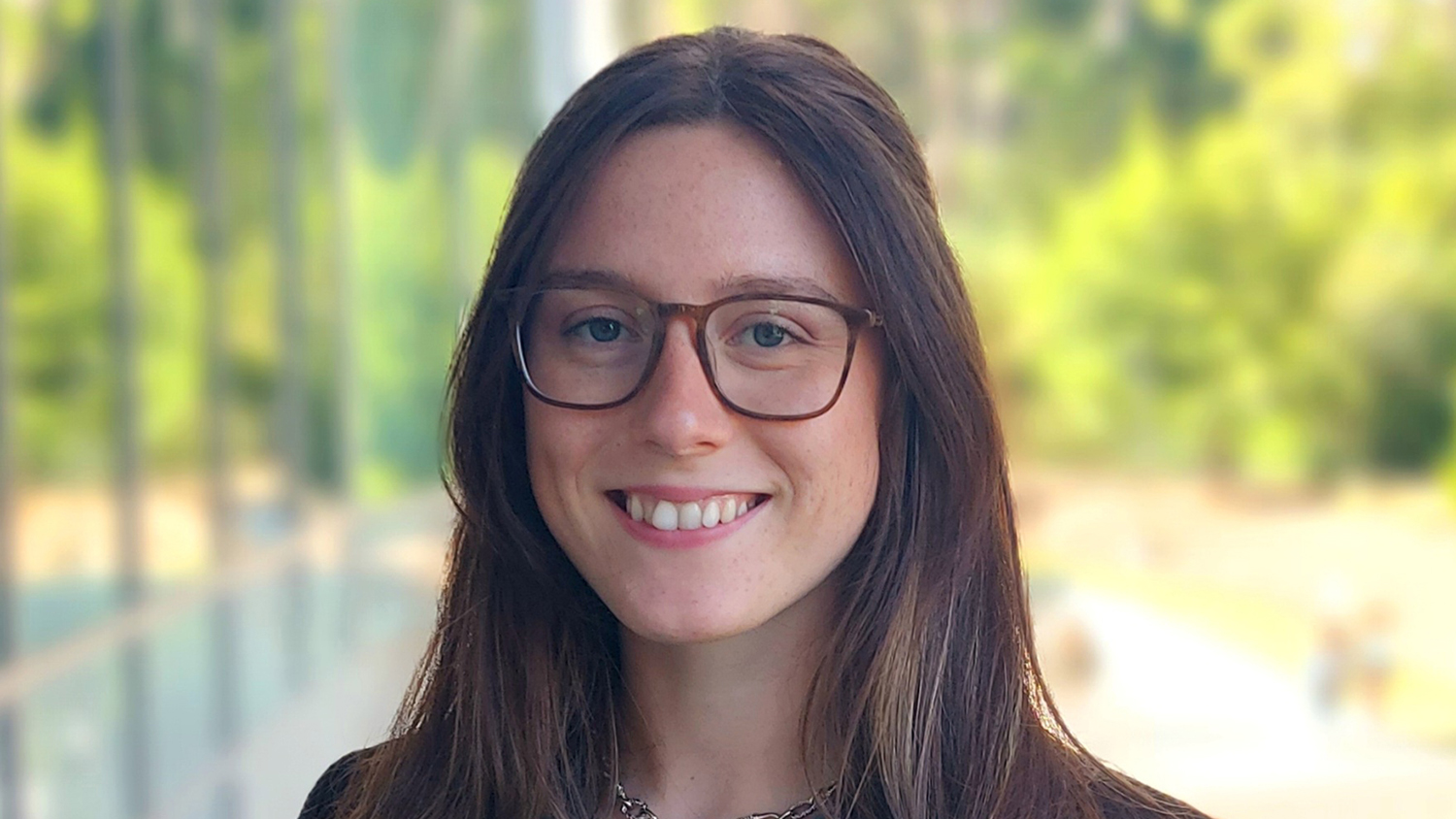Yanyue (Lydia) Wang
Degree Type: Ph.D.
Expected Graduation Date: 2025
School/Department: Department of Mechanical and Industrial Engineering, University of Illinois Chicago
Program/Focus: Mechanical Engineering
Research Project: Modeling Bicomponent Fiber Extrusion
Professor/Faculty Advisor: Alexander Yarin, Ph.D., University of Illinois Chicago; Behnam Pourdeyhimi, Ph.D., NWI/NCSU
How did you come to have an interest in nonwovens?
I am a Ph.D. candidate in the Multiscale Mechanics and Nanotechnology Laboratory at the University of Illinois Chicago, and my current research interests are focused on modeling bicomponent fiber extrusion. In my previous research project, I explored a composite material for the prevention of medical device-related stress injuries. This material can be described as an innovative functional material to be paired with existing nonwoven medical devices or materials. Through theoretical modeling and development of the material, as well as the study and testing of its mechanical properties, I developed a relevant research methodology and received approval from my supervisor Dr. Yarin. Another important area of Dr. Yarin’s materials research is nonwoven fabrics. It is a great honor to be taught and mentored by him and to start my exploration in the field of nonwovens.
Why are your research/findings particularly important/compelling for nonwovens applications?
My NWI research project focuses on modeling bicomponent fiber extrusion. Solidification and bonding of sheath and core resins in multicomponent individual fibers is being explored via modeling and numerical simulations facilitated by experiments. Concentric sheath-core, eccentric sheath-core, ABA side-by-side and segmented-pie fibers are the focus of my research. The two-dimensional thermoelasticity problem for typical bicomponent fiber cross-sections is being evaluated to predict the stress field developed due to the thermal stresses emerging during fiber solidification in flight. The disjoining stress at the interface between two polymers is predicted and compared to the critical de-bonding stresses, characteristic of several pairs of polymers of interest. The above-mentioned thermoelastic theory is based on the solutions for the thermoelastic potential and the airy stress function. The critical stresses for these polymer pairs will be established independently, employing the blister test used to measure the adhesion energy of thermally bonded polymer pairs.
Many fiber applications have been revolutionized by bicomponent technologies, which can make products lighter, stronger and easier to work with. This type of fiber is expected to play a significant role in many end-use applications, including hygiene, textiles, home furnishings and many others to solve problems and meet customer needs.
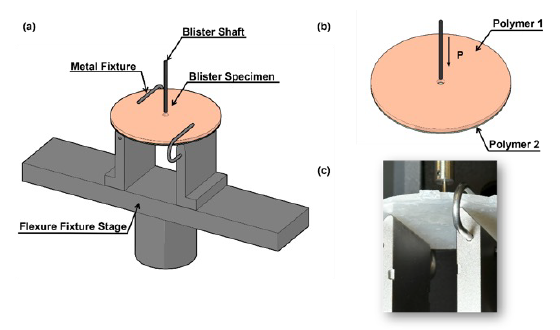
By studying the mechanical model for bicomponent fiber extrusion, this research aims to assist in optimizing the bicomponent manufacturing technique in two ways:
- Enabling multifunctional properties with minimized loss of mechanical and other properties.
- Improving the fiber performance suitable for specific needs by tailoring one or more properties with minimal sacrifice of other properties.
Where do you see yourself upon completion of your studies? Where do you see yourself 5-10 years into the future as you progress in your career?
Upon completing my studies, my immediate career objective is to secure a position in academia or industry within the research and development domain. I aspire to contribute to the progress of this field by inventing cutting-edge manufacturing technologies, optimizing material properties and exploring novel applications. In the long run, my aim is to exert influence in shaping the future of this field through the generation of innovative solutions, patents and collaborations with industry. Moreover, I am firmly committed to addressing sustainability challenges by developing environmentally friendly materials. In essence, my career aspiration is to become a respected researcher, educator and innovator in the realm of nonwoven materials, striving to push the boundaries of knowledge, create practical solutions and have a positive impact on both the industry and society.
When you are not studying and doing your nonwovens research project, what are your personal interests, hobbies … any activities you would like to highlight?
In my leisure time, I find great pleasure in engaging in a diverse range of hobbies. These include studying history, reading, exploring fascinating documentaries, playing tennis, hiking, as well as travel and photography.
Recent Publications
- Y. Wang, B. Pourdeyhimi, A.L. Yarin, Thermoelastic stresses and delamination in composite bicomponent fibers: Experimental study, Compos. Part B Eng. 293 (2025) 112129.
- Categories:
